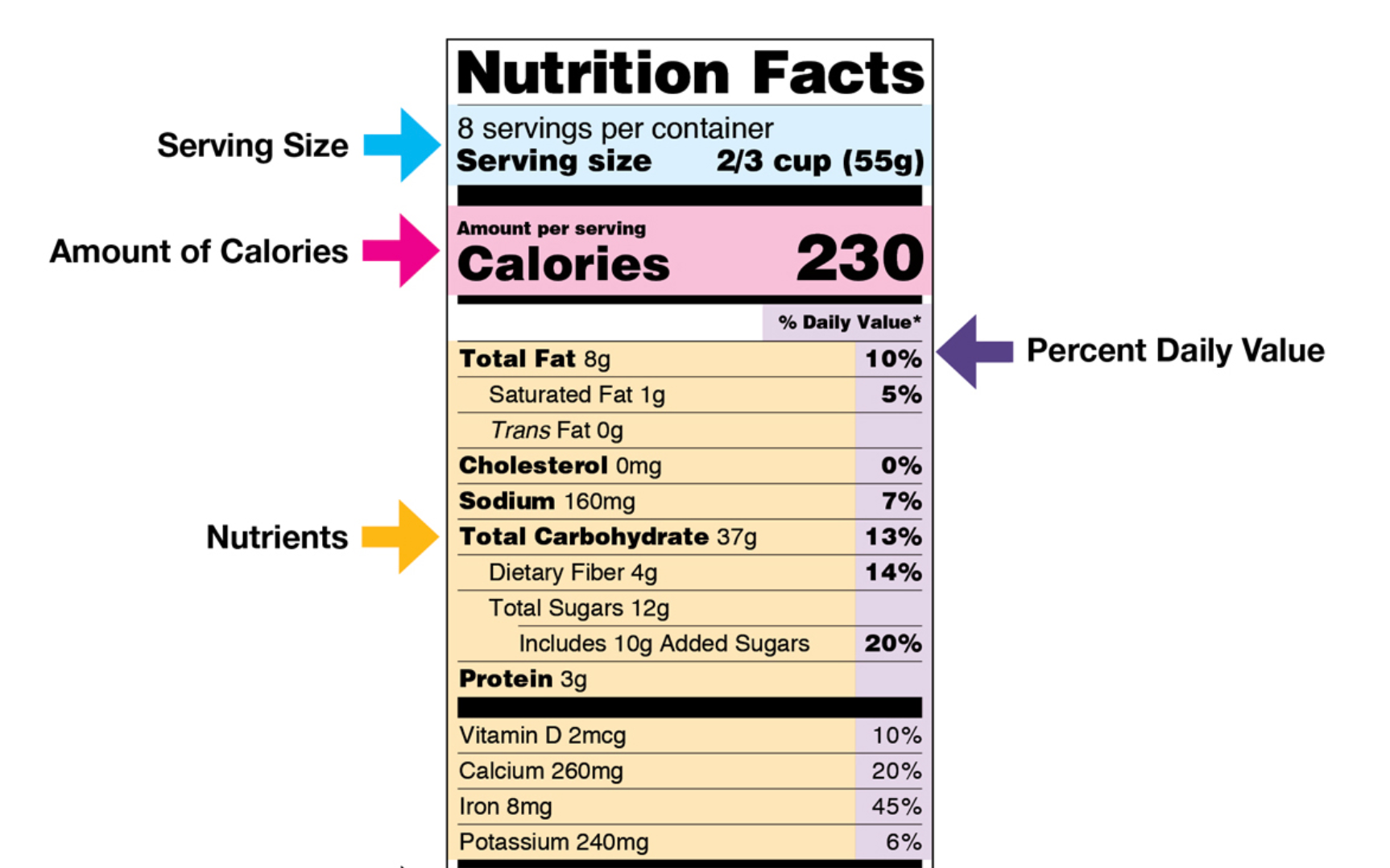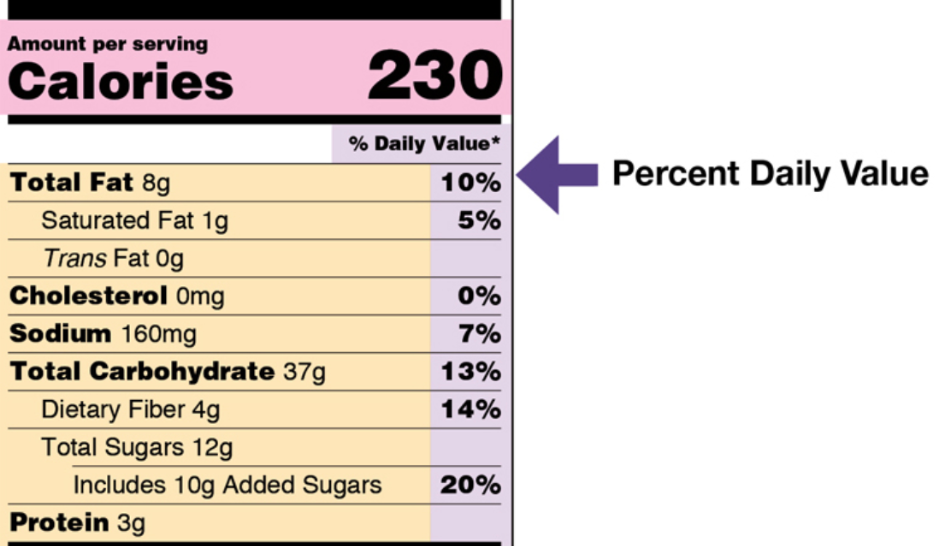Why I Always Read Nutrition Labels

Virtually every time I buy (or even consider) a new-to-me packaged food, I read the label. I read it all, with specific attention to serving size, calories per serving and sodium. I also look at the ingredients list, paying attention to the order of ingredients.
For what it’s worth, I also check expiration and best-before dates. It’s astounding how many expired items I’ve found on grocery store shelves over the years...The whole process probably takes 10-15 seconds or less.
Not all food comes with a nutrition label, but when it does, understanding its key components can help you take the right steps forward. Below, I’ve broken down the different sections of a nutrition label and highlighted some of the key items to look for.

Serving Information
This might be the most challenging part of nutrition and tracking food or drink intake. When starting a health journey, serving size can be one of the most important factors depending on your goals. Many people don’t realize how much they’re consuming until they track it. It's also worth noting that according to the Food and Drug Administration (FDA), nutrition labels can be up to 20% inaccurate. This means that a serving of food labeled as containing 100 calories could actually have 80 to 120 calories.
There are two components of serving information:
- Serving Size
Serving size varies by product and is often arbitrary—sometimes manipulated by sellers to make their products appear healthier. However, the U.S. Food and Drug Administration (FDA) has set standards requiring that serving sizes reflect typical consumption amounts, giving producers less room to mislead consumers. Local bakers and smaller sellers may not be required to follow these standards.
Key points to remember:
- All the nutritional information listed on the label refers to one serving size.
- The serving size is not a recommendation of how much to eat or drink.
- Serving sizes are listed in common units like cups or tablespoons, followed by metric amounts (e.g., grams).
- One package may contain multiple servings.
- Some labels feature two columns: one for nutritional information per serving and one for the entire package.
- Servings per Container
Servings per container refers to the total number of servings in a package. For example, if the serving size is 1 cup and the package contains 4 cups, then there are 4 servings per container.
Calories
Calories measure the energy in each serving. If you want to manage your weight—whether to lose, gain, or maintain—this number can help. Consume more than you burn, and you’ll gain weight. Consume less, and you’ll lose weight.
However, calories aren’t everything. The quality of ingredients plays a large role in how you feel and how your body reacts after eating. A food labeled “low-calorie” isn’t automatically healthy; it just means it contains fewer calories per serving.
Percent Daily Value

The Percent Daily Value is a percentage that shows how much a nutrient in one serving contributes to a daily diet based on 2,000 calories. For example, if a serving contains 37 grams of carbohydrates (13% PDV), it means that serving provides 13% of the recommended daily carbohydrate intake.
Key points to remember:
- 5% PDV or less is considered low for a nutrient.
- 20% PDV or more is considered high.
Note: PDV is a guideline, not a personal recommendation. Your individual needs may differ.
Nutrients

Nutrients
Nutrients on labels include macronutrients (carbohydrates, fats, protein) and micronutrients (vitamins and minerals like Vitamin D, Calcium, Iron, and Potassium). Sodium and cholesterol are also listed.
Sodium, for example, often gets a bad reputation, but it’s essential in the right amounts—especially for active individuals or those following low-carb diets.
Focus on nutrients that align with your goals. Whether it’s reducing sodium or increasing protein and potassium, prioritize the ones that make the biggest difference for your meals or snacks.
What about food without nutrition labels, like fruits and vegetables?
That’s a good sign. Single-ingredient foods like apples or oranges don’t require labels because they don’t have added ingredients. However, portion sizes still matter. For example, eating only bananas all day may provide some nutrients but leave you deficient in others, like protein or magnesium, which are essential for your health.
Takeaways
- Understand Serving Information: Serving size is not a recommendation but a guideline. Pay attention to the serving size and servings per container to avoid underestimating your intake.
- Calories Aren’t Everything But They Do Help Us Achieve Weight Goals: Calories measure energy, but the quality of ingredients matters just as much for health and how you feel. Low-calorie doesn't always mean healthy.
- Percent Daily Value (PDV): PDV is based on a 2,000-calorie diet and gives context to how much a nutrient contributes to your daily intake. Aim for low PDV (5% or less) for nutrients you want to limit and higher PDV (20% or more) for nutrients you want to increase.
- Focus on Nutrients: Nutrients include macronutrients (carbs, fat, protein) and micronutrients (vitamins and minerals). Prioritize those that align with your health goals, whether it’s reducing sodium or increasing potassium and protein.